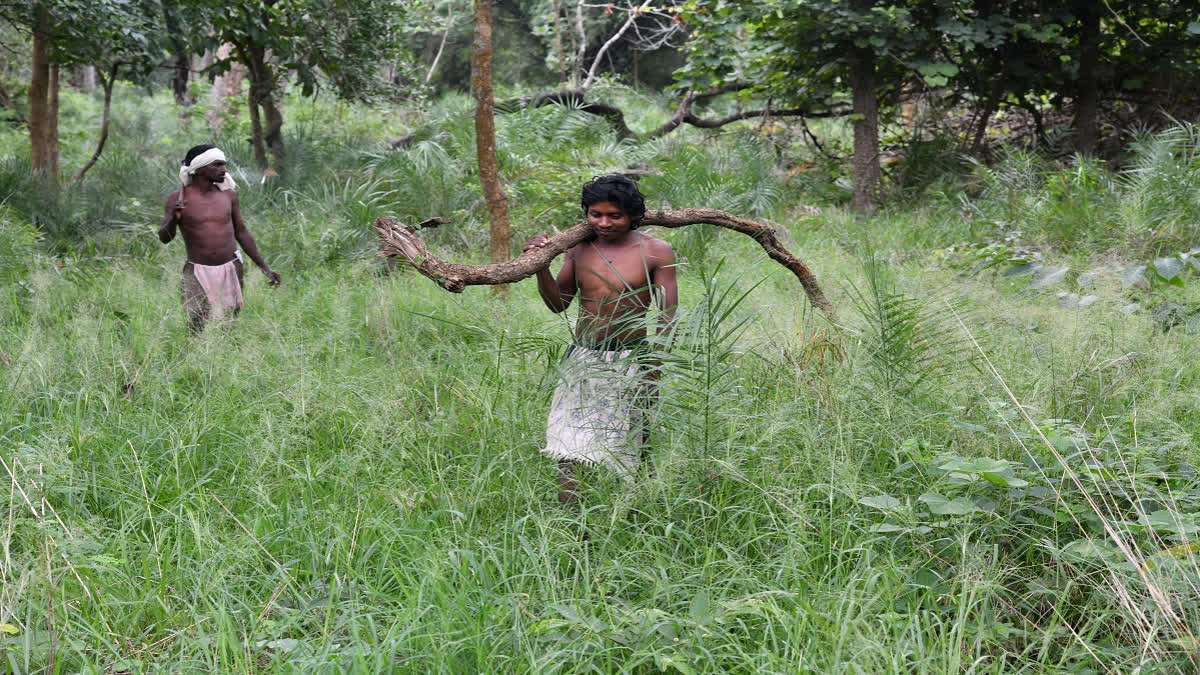TRIFED Foundation Day marks the establishment of the Tribal Cooperative Marketing Development Federation Of India (TRIFED). TRIFED was established on the 6th of August 1987 as a National-level Cooperative body with the major objective of socio-economic development of tribals.
Home to a large number of tribal people, known as Adivasis, India has the second largest tribal population in the world. Tribal Communities have been an integral segment of Indian society since the days of the Ramayana and the Mahabharata. The tribal people throughout the country have rich traditions, cultures and heritage with unique lifestyles and customs.
Despite some regional variation, the tribes share many common traits, including living in relative geographical isolation and being relatively more homogeneous and more self-contained than the non-tribal social groups. The areas inhabited by the tribal constitute a significant part of the underdeveloped areas of the country. India’s population includes nearly one hundred million tribal people.
The two main regions of tribal settlement are the country’s northeastern states bordering China and Burma, and the highlands and plains of its central and southern regions. The latter is home to more than 80 per cent of the tribes, which differ from the northeastern tribes in ethnicity and in having experienced greater “intrusion of the Indian mainstream and of the pan-Indian model of the state, society, economy and culture”.
There are also differences in the extent to which the tribes interact with non-tribal communities. While the northeastern tribes are usually isolated communities, the tribes in peninsular India may at times coexist with non-tribal people.
As a market developer and service provider, the objective of TRIFED is socio-economic development of tribal people in the country by way of marketing development of the tribal products on which the lives of tribals depends heavily as they spend most of their time and derive a major portion of their income.
The philosophy behind this approach is to empower tribal people with knowledge, tools and pool of information so that they can undertake their operations in a more systematic and scientific manner. The Scheduled Areas and Scheduled Tribes Commission appointed by the President of India on 28 April 1960 pursuant to Article 339 of the Constitution of India in its report of 14 October 1961 stated that “As these groups are presumed to form the oldest ethnological sector of the population, the term “Adivasi” (‘Adi’= original and ‘Vasi’= inhabitant) has become current among certain people.
The International Labour Organization has classified such people as “indigenous”. The Government of India has initiated a number of steps to develop socio economic conditions of tribal population in the country.
TRIFED was established on the 6th of August 1987 as a National level Cooperative body with the major objective of socio-economic development of tribals. Focus is on institutionalising the trade of Minor Forest Produce (MFP) & Surplus Agricultural Produce (SAP) collected/ cultivated by them, TRIFED helps tribal people manufacture products for national and international markets on a sustainable basis, It also supports the formation of Self Help Groups and imparting training to them TRIFED will be celebrating its 37th Foundation Day on August 6, an event to recognise TRIFEDs achievements and the contribution of Tribes as well as people working with it.
History of TRIFED
• The second-largest tribal population in the world is found in India. Approximately 100 million individuals in the nation belong to the tribal population.
• Tribal people are an essential component of the nation and are renowned for having a rich cultural and traditional legacy.
• The country's northeastern states, which border China and Burma, as well as the plains and highlands in its central and southern regions, are the two primary areas where tribes have settled.
